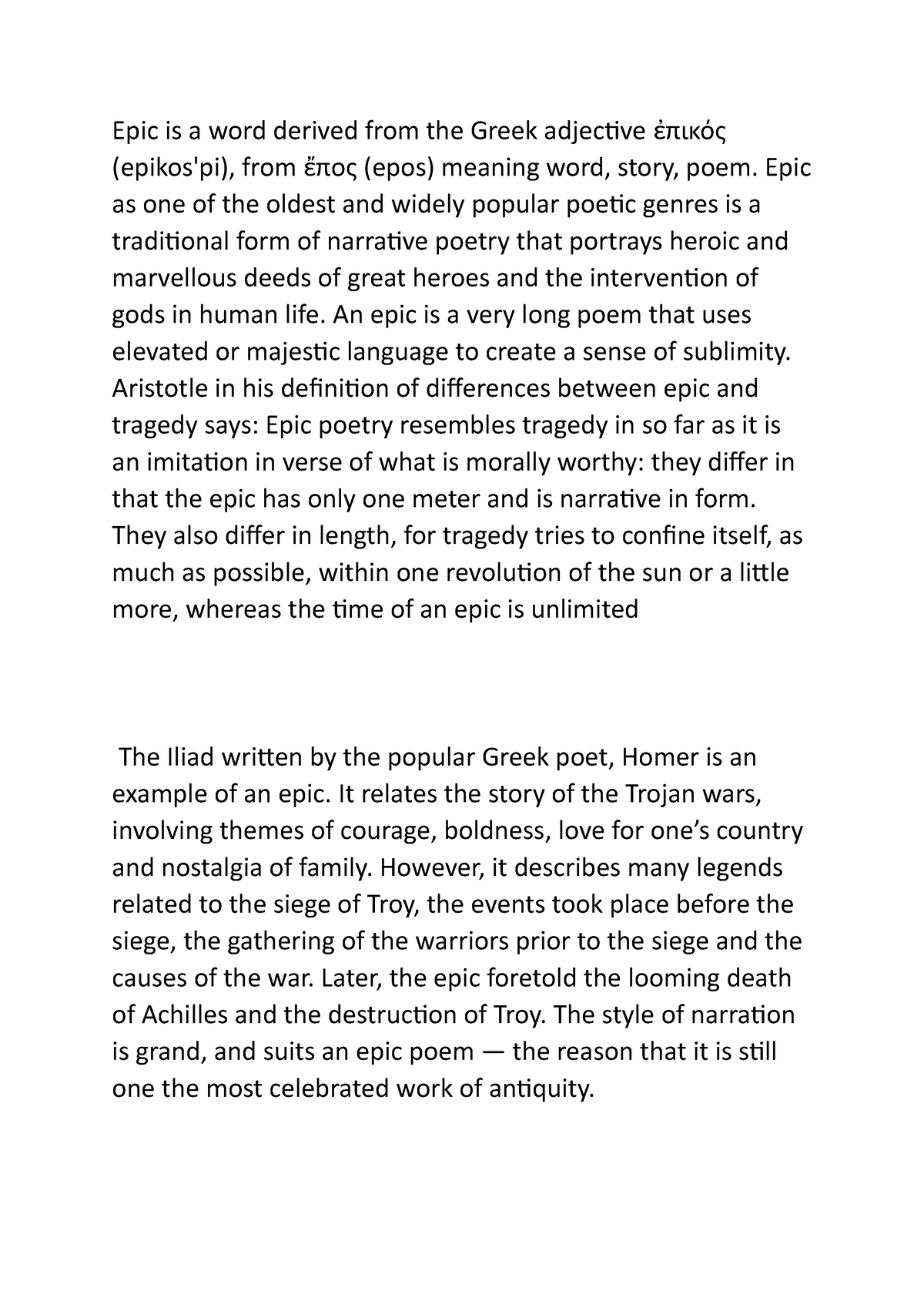
Let’s get back to the way in which the ampersand was incorporated into the alphabet. So with this understanding, it’s quite meaningful that the ampersand did not represent a spoken sound. The alphabet meant that speech could be spoken, coded using symbols of the alphabet, and then decoded back into spoken sound at a later time, by someone completely different in a different place in a different time. For thousands and thousands of years before the first alphabet was developed, complex communication (more than simple pictograms or ideograms carved into a wall) was delivered by voice from one person to another. A communication method that could outlive a person’s physical existence on Earth. At one time the alphabet was a truly a novel invention that enabled individuals to communicate spoken sound in a whole new way that would stand the test of time. Letters are symbols that represent spoken sound. This is actually pretty profound because that’s what an alphabet is. The symbol’s still used in the Irish Gaelic language and can be seen on street signs all over the country.Īccording to an article in Medium, ampersand was the only letter of the English alphabet that did not represent a sound. So where can this funny little elbow of a symbol be found in the world? Just a quick hop across the pond to Ireland and you can go on a symbol safari and see the Tironian et in the wild. The Tironian et continued to fall out of popularity and it virtually disappeared, except in one modern place. Interestingly, part of the reason that the Tironian shorthand system didn’t stand the test of time was the distrust of witchcraft and magic that was connected with the secrecy of shorthand writing. As the years went on, the Tironian et was popular in the Middle Ages, in manuscripts with blackletter script.

The Tironian et looks like a stylized subscript number 7. One of the few symbols that stuck (of over 4000) was Tiro’s character representing the Latin word ‘et’ or ‘and’. Cicero travelled to Greece and was impressed by their use of shorthand so he tasked Tiro with creating a similar shorthand for the Latin language. Tiro was a scribe who was very good at his job and who became Cicero’s secretary, biographer and confidant.


 0 kommentar(er)
0 kommentar(er)
